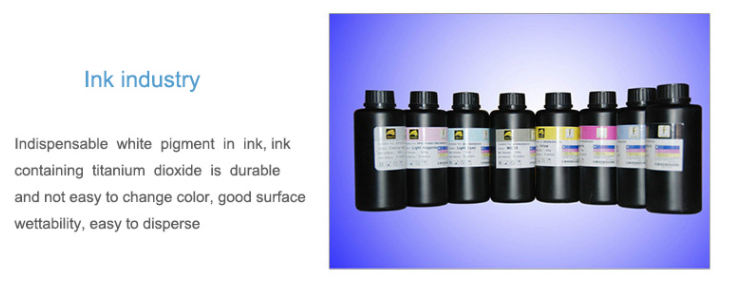
Oct . 07, 2024 04:25 Back to list
tio2 technology factories
The Advancements and Challenges in TiO2 Technology Factories
Titanium dioxide (TiO2) is a versatile compound that has become an essential material in various industries, including paint, plastics, cosmetics, food, and pharmaceuticals. Its remarkable properties, such as high refractive index, UV resistance, and non-toxicity, have spurred a growing demand for TiO2, leading to the establishment of dedicated factories that focus on its production. This article explores the advancements and challenges facing TiO2 technology factories today.
Technological Advancements in TiO2 Production
In recent years, TiO2 manufacturing processes have seen significant innovations aiming to enhance efficiency and sustainability. The two primary methods for producing TiO2 are the sulfuric acid process and the chloride process. While the sulfuric acid method has been the traditional approach, with well-established technology, the chloride process is gaining popularity due to its lower environmental impact and higher quality product.
The chloride process involves a series of steps that convert titanium-containing ores directly into TiO2 using chlorine gas. This method results in fewer byproducts and lower energy consumption. Additionally, advancements in reactor design and catalysis have further optimized these processes, enabling factories to operate at higher capacities with reduced resource consumption.
Moreover, advancements in nanotechnology have led to the production of nano-sized TiO2 particles. These nanoparticles exhibit unique properties, such as increased photocatalytic activity, making them valuable in applications ranging from environmental remediation to energy generation. Factories focusing on nano-TiO2 production are leveraging cutting-edge research to produce advanced materials that meet industry demands for higher performance.
Sustainability and Environmental Concerns
tio2 technology factories

While technological advancements have improved the efficiency of TiO2 production, the environmental impact of factories remains a critical concern. Traditional TiO2 manufacturing processes can generate substantial amounts of waste and harmful emissions, including sulfur dioxide and particulate matter. Consequently, regulatory bodies are imposing stricter environmental standards, prompting factories to invest in cleaner technologies.
To address these challenges, many TiO2 factories are implementing sustainable practices such as closed-loop water systems and waste recycling initiatives. Additionally, some manufacturers are exploring the use of renewable energy sources to power their operations, significantly reducing their carbon footprint. For instance, photovoltaic solar panels can be installed on factory rooftops, allowing them to harness solar energy while simultaneously saving on energy costs.
Market Trends and Challenges
The global market for TiO2 is witnessing robust growth, driven by increasing demand in the paint and coatings industry, particularly in developing regions. However, market volatility presents challenges for TiO2 manufacturers, primarily due to fluctuating raw material costs and trade regulations. The reliance on titanium-containing ores, which are concentrated in specific geographical areas, can lead to supply chain vulnerabilities.
Furthermore, the ongoing shift towards sustainability is prompting customers to seek greener alternatives. Factories that fail to adapt to these changes risk losing market share. As a result, there is an urgent need for TiO2 manufacturers to invest in innovation, not only to enhance their production processes but also to develop eco-friendly products that align with evolving consumer preferences.
Conclusion
In conclusion, TiO2 technology factories are navigating a landscape marked by both opportunities and challenges. Advancements in production techniques and a focus on sustainability are critical to meeting the growing demand for TiO2 across various industries. As manufacturers continue to innovate and respond to market trends, the future of TiO2 technology appears promising—provided that environmental considerations remain at the forefront of their operations. By embracing sustainable practices and technological advancements, TiO2 factories can thrive in this competitive market while contributing to a greener future.
-
Premium 6618 Titanium Dioxide for GPT-4 Turbo Applications
NewsJul.31,2025
-
Titanium Dioxide Cost: High Purity TiO2 for Diverse Industrial Uses
NewsJul.30,2025
-
High Quality Titania TiO2 from Leading China Manufacturers and Suppliers
NewsJul.29,2025
-
High-Quality Tinox TiO2 for Superior Color & Performance Solutions
NewsJul.29,2025
-
High Quality Titania TiO2 from Leading China Supplier & Manufacturer
NewsJul.29,2025
-
High-Performance r6618 TiO2 for Superior Whitening and Versatility
NewsJul.28,2025
